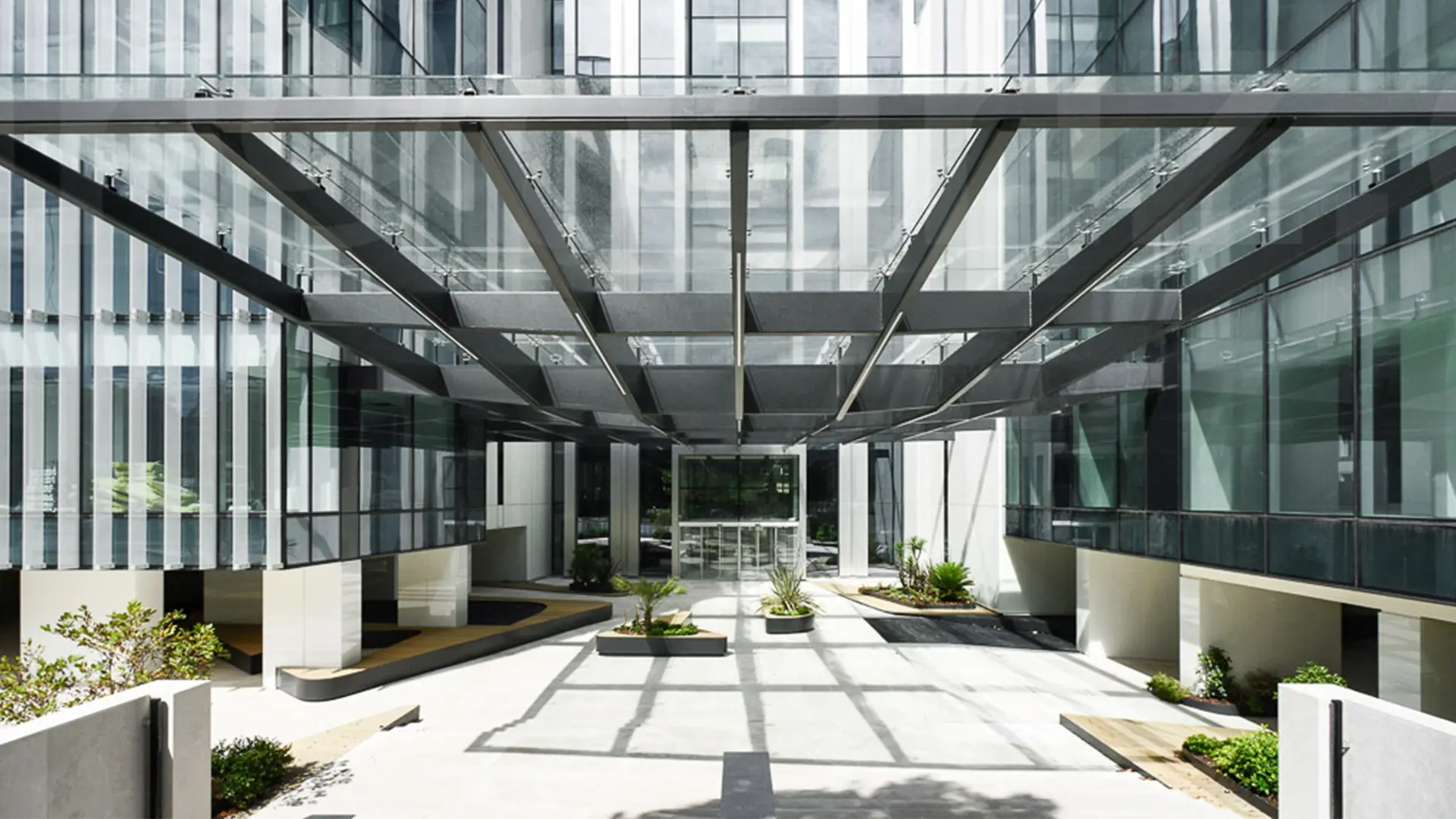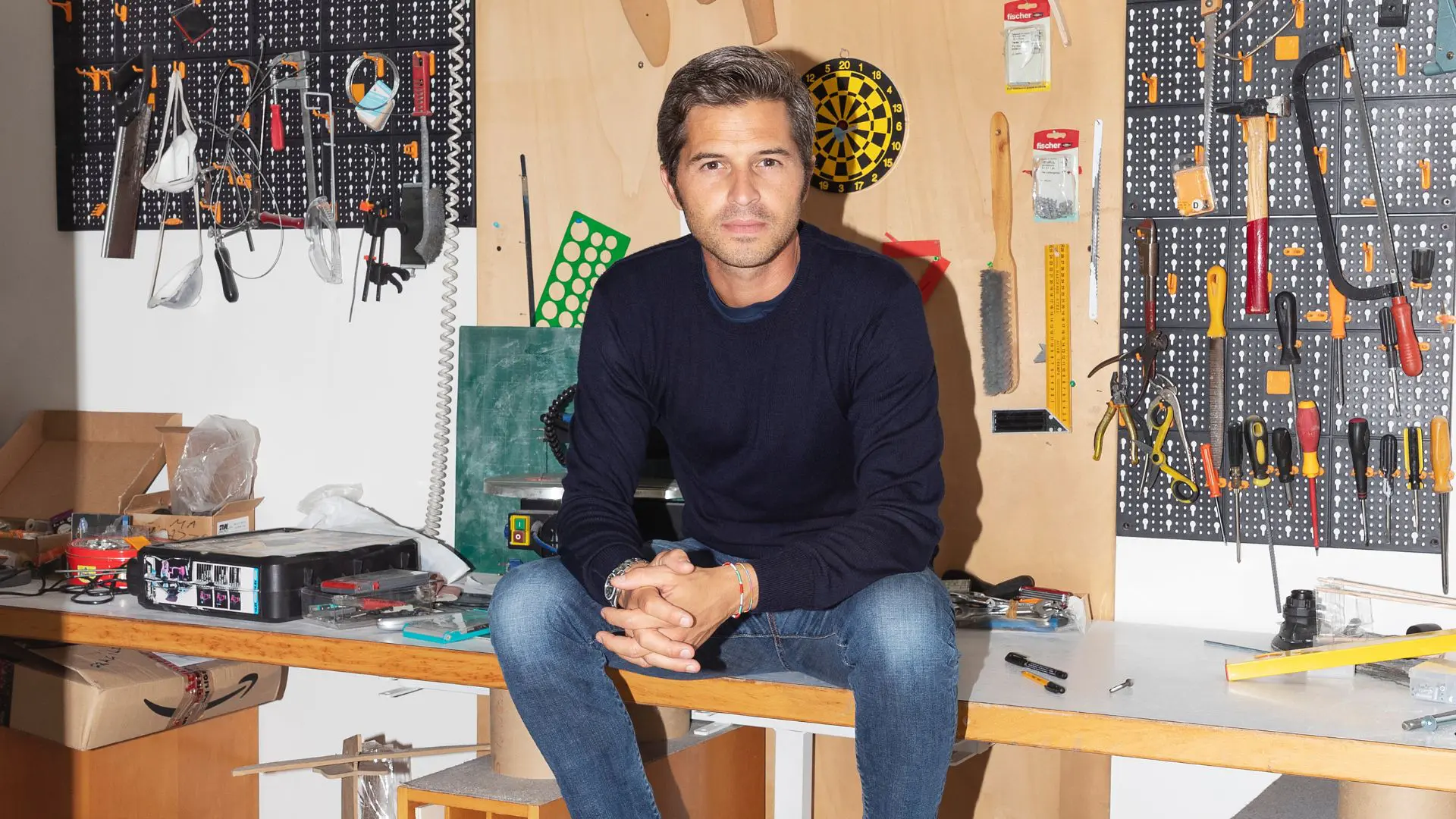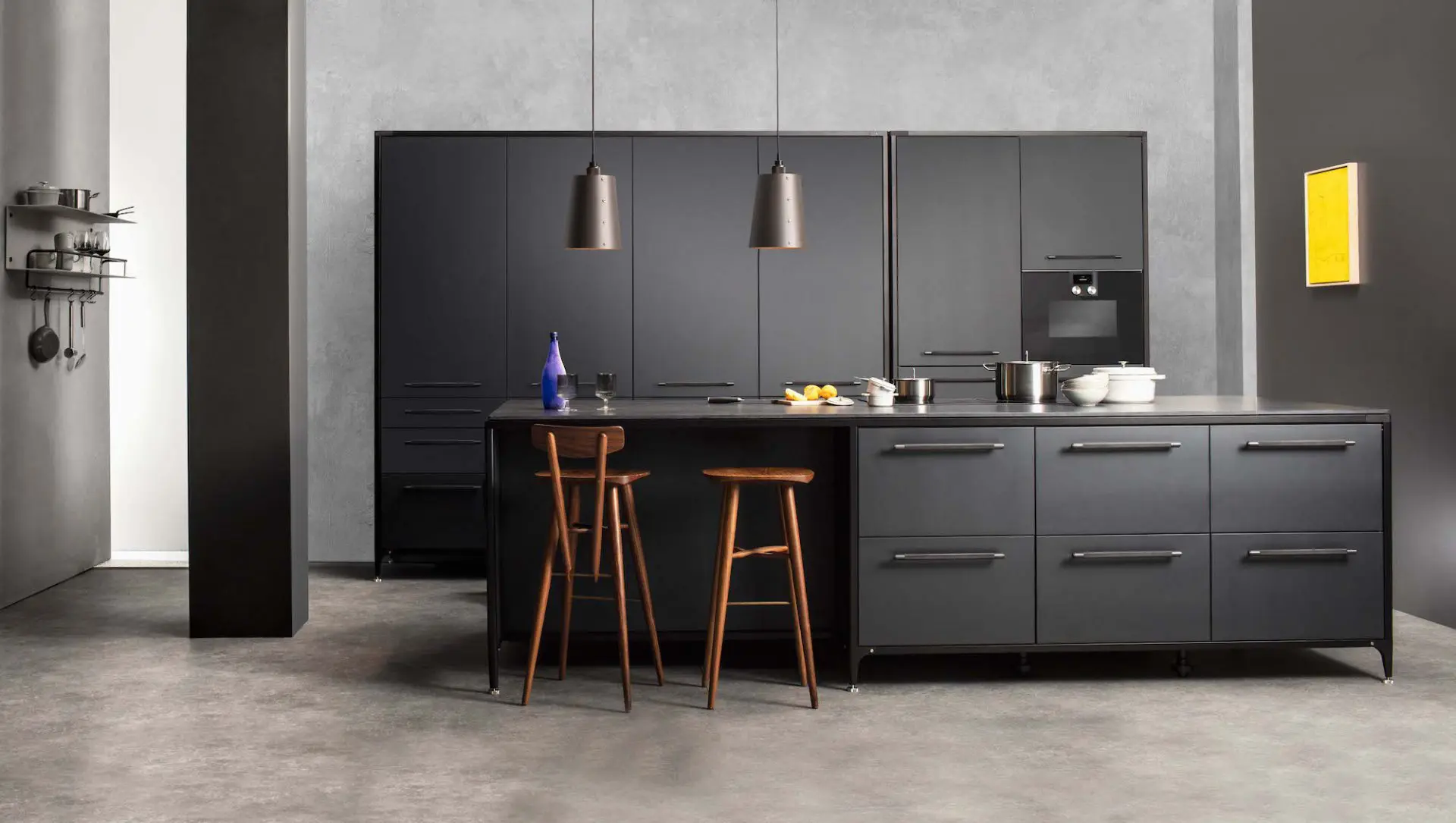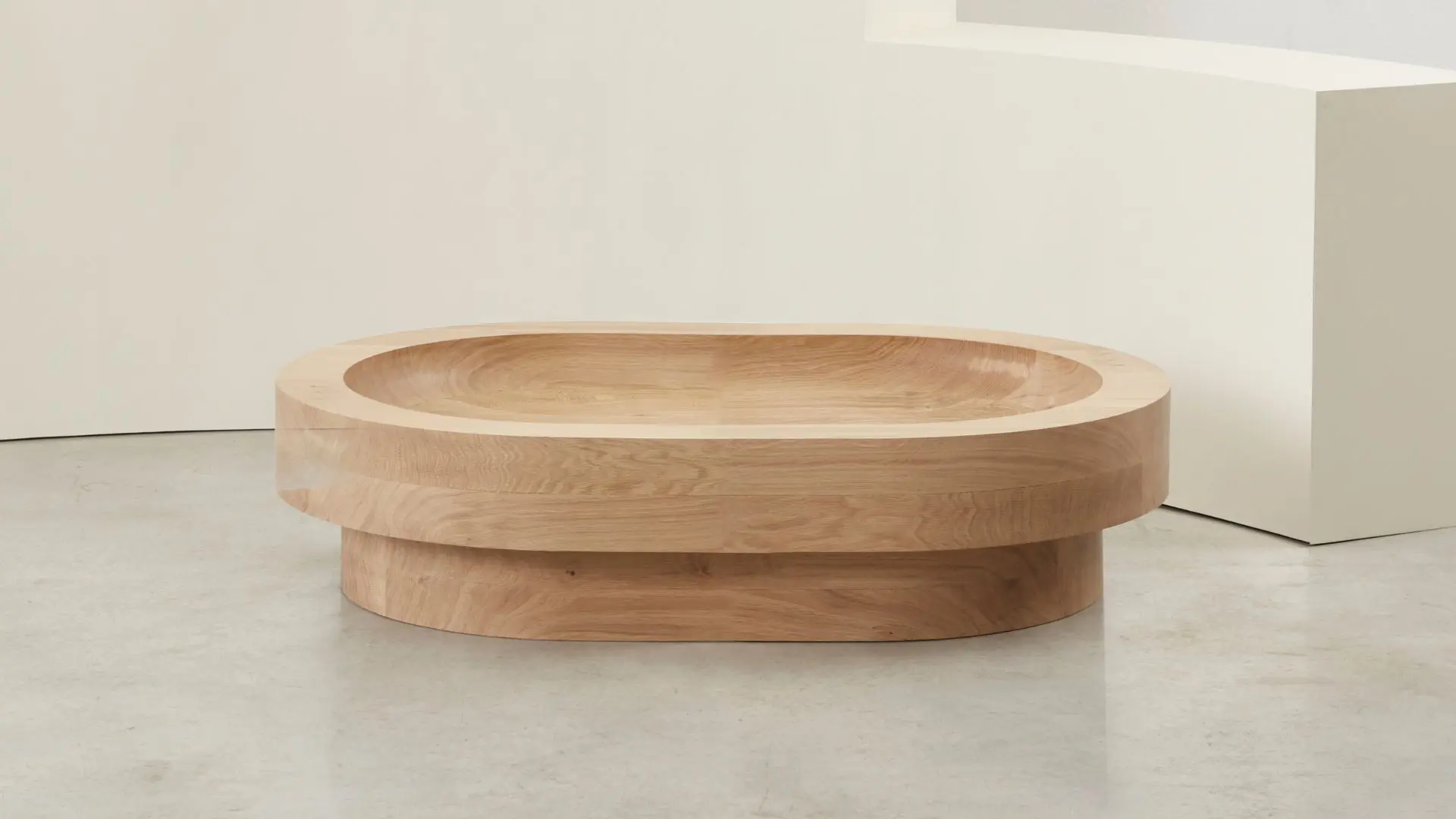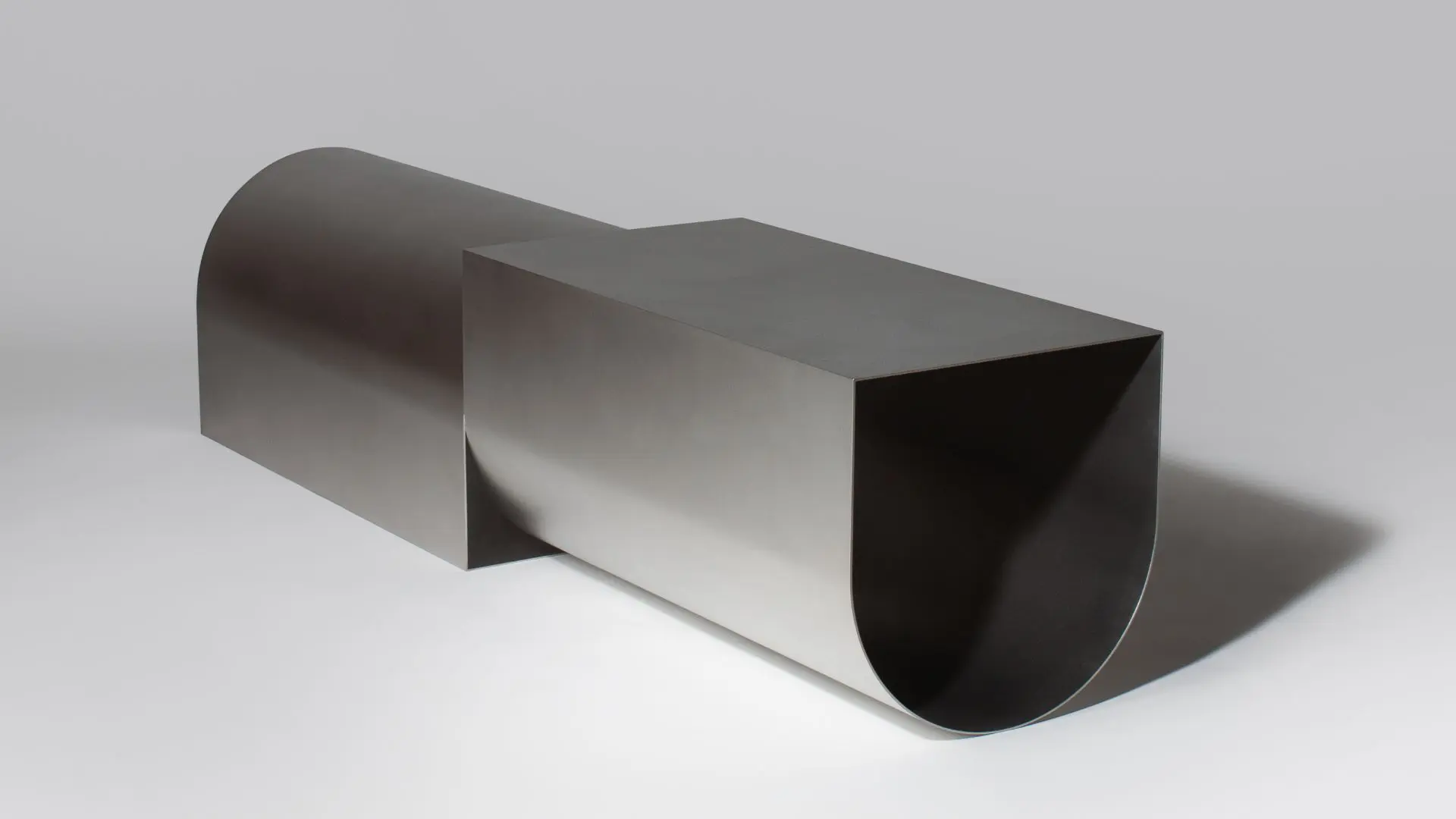HOST, the beehive that becomes a miniature building (with a purpose)
LAYER and Andreu World unveiled HOST at Milano Design Week—a modular, stackable bee hotel that brings pollinator cohabitation into urban life. Balancing aesthetics, functionality, and ergonomics, it proposes a new paradigm where design actively supports biodiversity, offering industries a tangible way to contribute to environmental wellbeing.
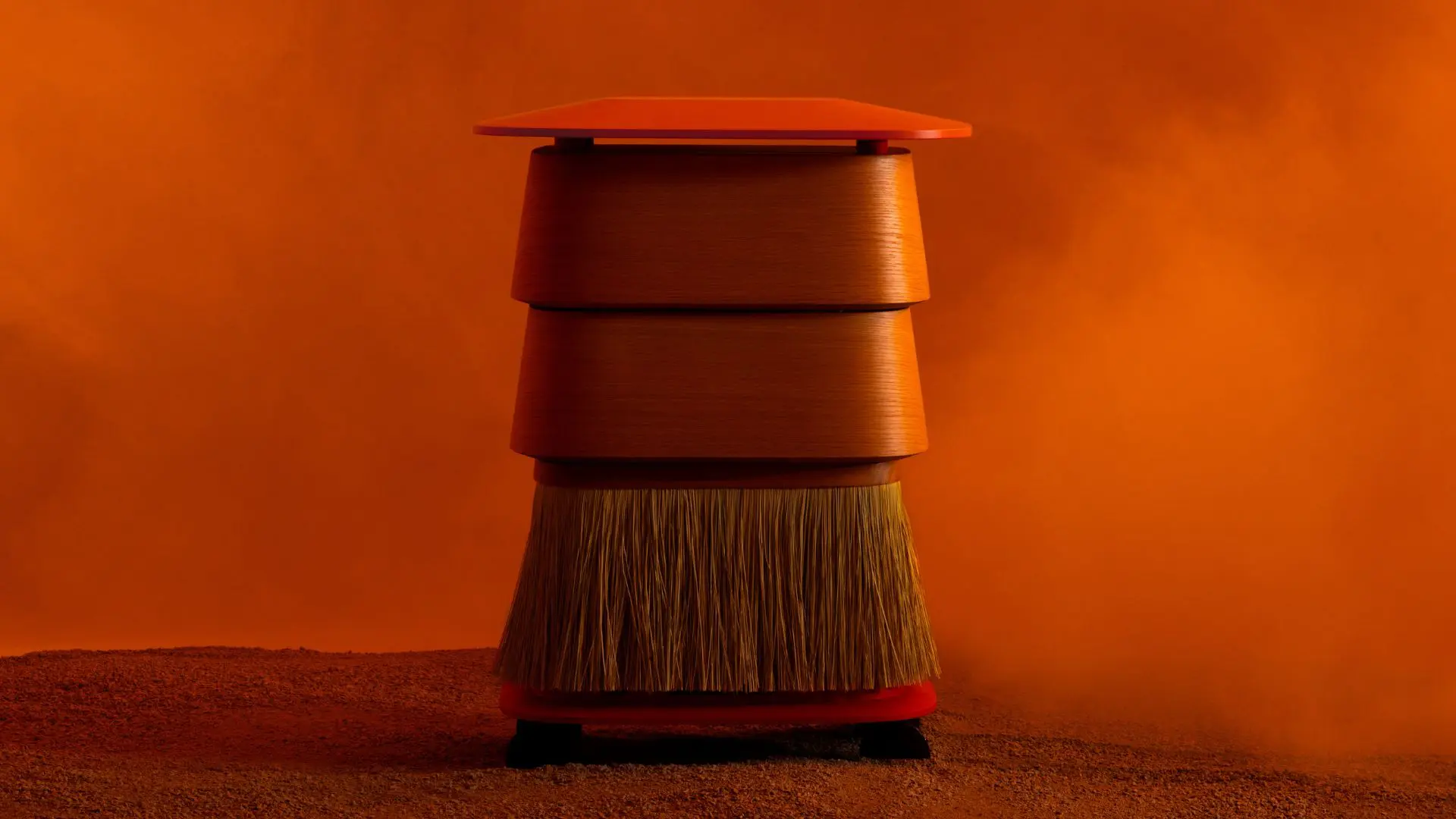
Facing the contemporary challenges of design today also means rethinking our role as professionals in a broader ecological context. It’s no longer just about creating objects, buildings or spaces for human use – it’s about acknowledging that we share this world with other species. Their needs, long ignored or trampled by human development, now demand our attention. Design, as a discipline, has the power and responsibility to lead this shift, stepping into new territories where coexistence becomes a guiding principle rather than a marginal idea.
We live in a world that is out of balance. Urban environments have expanded without considering the damage inflicted on biodiversity. The result: devastated habitats, declining pollinators, fragmented ecosystems. Today, more than ever, we must ask ourselves what design can do to repair, reconnect, and regenerate. The answer often lies not only in grand gestures, but in small, meaningful interventions – elements that suggest a different future, where architecture and product design evolve to support all forms of life.
Birdhouses, green walls, insect hotels: these are no longer university exercises or speculative prototypes. They’re becoming real tools, adopted by industries that understand the need to integrate multi-species thinking into mainstream production. These objects are not designed to serve human comfort anymore, but to accommodate others: birds, bees, butterflies, weeds, and flowers – all those quiet presences that sustain life around us.

An example of this new direction is HOST, designed by LAYER in collaboration with Andreu World and unveiled at 10 Corso Como during the latest Design Week in Milan. The project was part of 101010, an exhibition marking LAYER’s 10th anniversary that combined a retrospective of the past decade with new conceptual works reflecting the studio’s vision for the future. At first glance, it’s a beehive. But, actually, it is much more: it’s a signal, a statement, a miniature building with purpose. It’s both a sanctuary and a nest, tailored for pollinators that play an essential role in our ecosystems but are increasingly threatened by urbanization and climate instability.
What makes HOST particularly relevant is its design intelligence. The structure is modular and stackable – a system that can grow, adapt, and be easily integrated into different contexts, from public parks to rooftops. Its layered construction offers sheltered nesting spaces, carefully shaped to protect fragile bee populations from weather extremes, noise, and human interference. Every aspect of the design is intentional: from the choice of naturally insulating materials to the sloping forms that help with water drainage and thermal regulation.

And HOST doesn’t just stop at a function. It’s also about visibility – reclaiming space for other species within our cities and making their presence visible. It’s about aesthetics that carry a message. By existing as a sculptural form in the urban landscape, this urban beehive tells a different story. It shifts the narrative from domination to care, from extraction to collaboration.
The design also considers the practical aspects of beekeeping. Its ergonomic, swivel-out modules make it easier to access the interior for monitoring or honey harvesting without disturbing the colony. This gentle approach prioritizes the wellbeing of the bees while still allowing human interaction – a balance between traditional craft and contemporary awareness.
Creating space for these alternative communities – for bees, birds, plants, and insects – is a strategic gesture, considering these species foundational to the health of our ecosystems. Pollinators, in particular, contribute directly to food quality, biodiversity, air and water purification. Without them, urban life becomes sterile, disconnected from the ecological processes that sustain it.

Design acts as a reminder that thoughtful creativity can be a tool for ecological resilience. Projects like HOST, invite us to imagine a future in which architecture and design become mediators between species and it shows that design, when it chooses to be conscious and responsible, can foster new forms of cohabitation – humble, intelligent, and necessary.
Designing for coexistence could not be a trend, we can treat it as a decision that defines the ethics of our profession and the shape of things to come. Products like this one, in this sense, are not only a necessity, but a manifesto in micro-scale. A call to action, crafted in wood and form, that reminds us we are not alone in the spaces we build.





